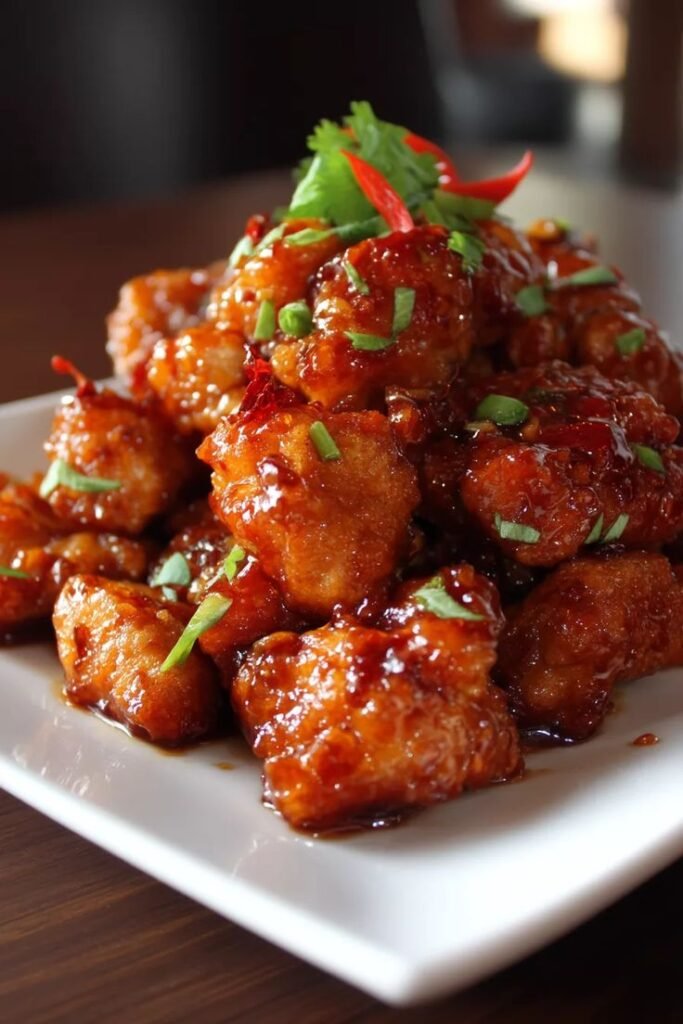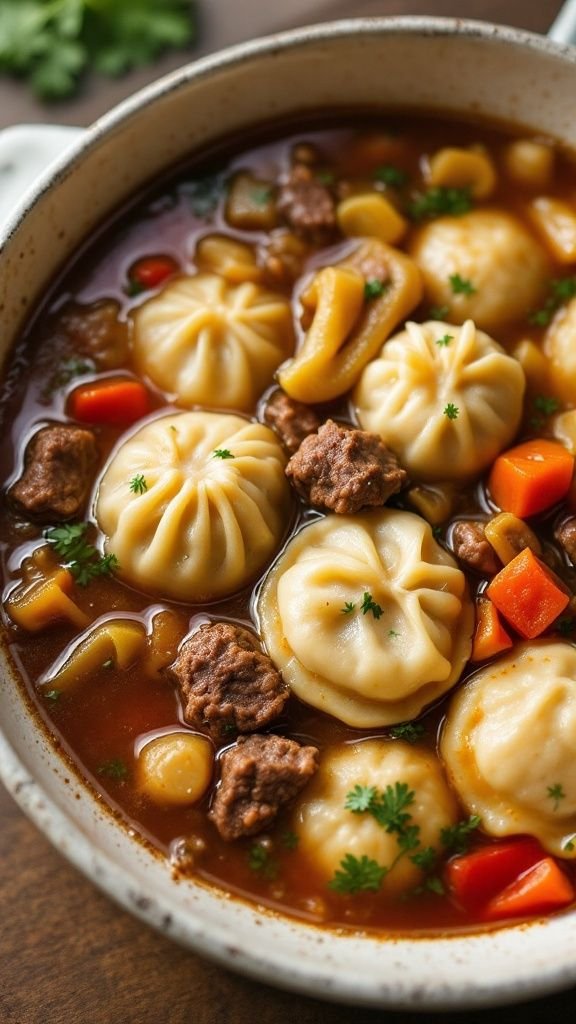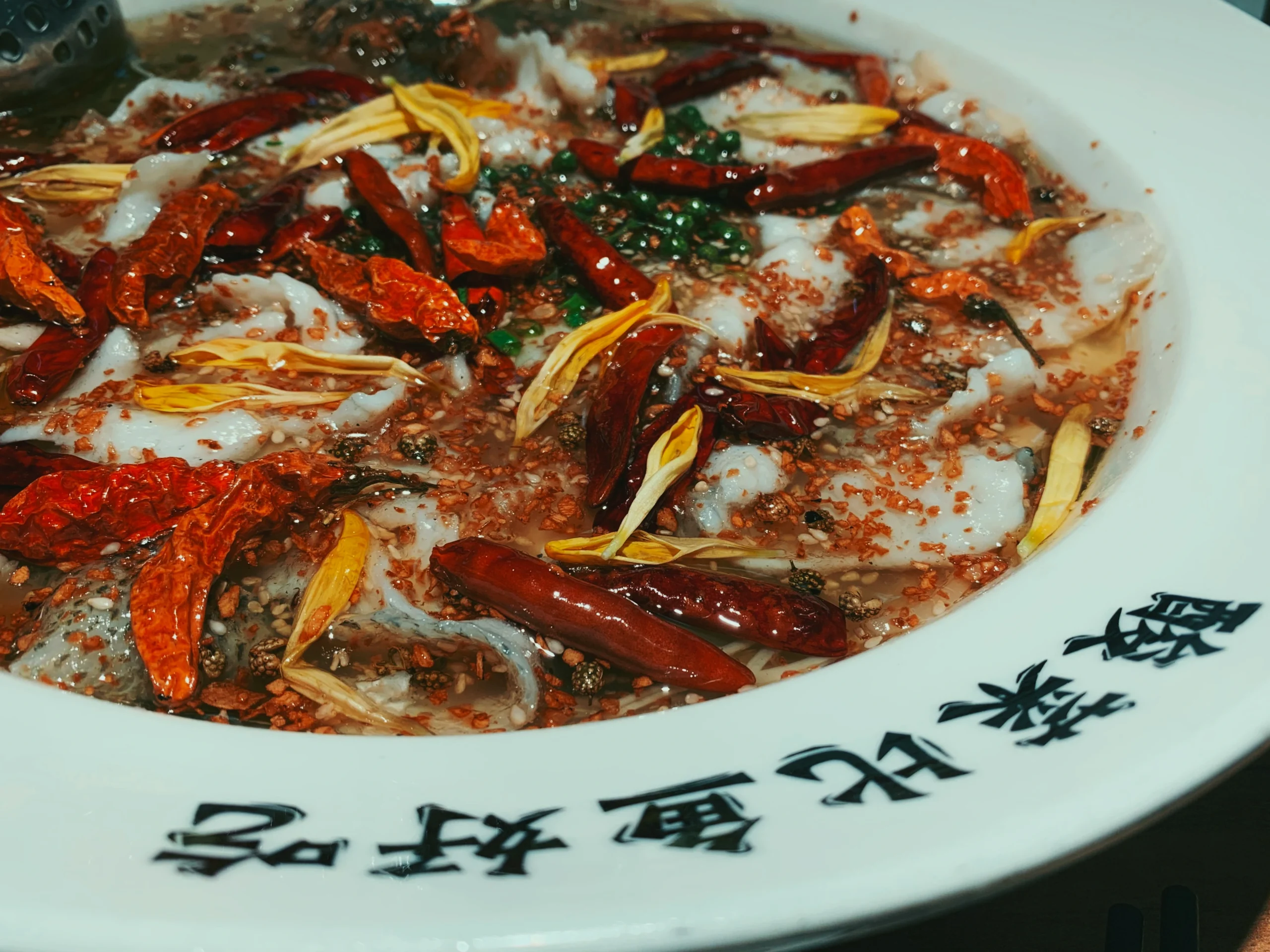When I first started exploring Chinese cooking recipes, I was amazed at how diverse and flavorful the dishes were. Chinese cuisine is not just about food—it’s about culture, balance, and tradition. From stir-fries cooked in minutes to slow-simmered soups passed down through generations, Chinese recipes bring people together at the dining table.
In this article, I’ll share the beauty of Chinese cooking recipes, the most popular dishes, my personal experience in trying them, and tips to recreate authentic flavors at home.
The Art of Chinese Cooking Recipes
Chinese cuisine is one of the world’s oldest and richest culinary traditions. With its regional diversity—from spicy Sichuan dishes to delicate Cantonese dim sum—Chinese cooking recipes highlight balance, freshness, and harmony.
What fascinates me the most is how every recipe is based on the concept of yin and yang—balancing flavors, textures, and even cooking techniques. That’s why a single Chinese meal often combines sweet, sour, salty, bitter, and umami tastes together.
Popular Chinese Cooking Recipes to Try at Home
1. Fried Rice
A classic dish that almost everyone loves. I still remember the first time I cooked fried rice at home—it was simple yet satisfying. Leftover rice, soy sauce, vegetables, and eggs come together to create a hearty meal.
2. Sweet and Sour Chicken
This is one of the most popular Chinese cooking recipes outside of China. The crispy chicken coated in tangy and sweet sauce makes it a family favorite.
3. Kung Pao Chicken
Originating from Sichuan cuisine, this dish combines chicken, peanuts, dried chili peppers, and vegetables. It’s spicy, savory, and incredibly delicious.
4. Hot and Sour Soup
Perfect for cold evenings, this soup combines vinegar, white pepper, tofu, mushrooms, and bamboo shoots. I find it comforting whenever I feel under the weather.
5. Dumplings (Jiaozi)
Chinese dumplings are a tradition, especially during New Year celebrations. The filling can be pork, chicken, vegetables, or shrimp, wrapped in thin dough.
Chinese Cooking Recipes by Region

China’s vast geography has created diverse culinary styles. Each region has unique flavors:
- Cantonese Cuisine: Known for dim sum, roasted meats, and mild, fresh flavors.
- Sichuan Cuisine: Famous for its bold and spicy flavors with Sichuan peppercorns.
- Shandong Cuisine: Focused on seafood and soups with clear, fresh taste.
- Jiangsu Cuisine: Known for refined dishes with light sweetness.
- Hunan Cuisine: Spicy like Sichuan but with more sour and smoked flavors.
Trying recipes from different regions is like traveling through China without leaving your kitchen.
Tips for Cooking Authentic Chinese Recipes at Home
When I started cooking Chinese food at home, I quickly learned that a few essentials make a huge difference:
- Use a Wok – The high heat and quick cooking style preserve flavors and textures.
- Stock Up on Sauces – Soy sauce, oyster sauce, hoisin sauce, rice vinegar, and sesame oil are must-haves.
- Balance Flavors – Always aim for harmony between salty, sweet, sour, and spicy.
- Prep Ingredients First – Since cooking is fast, have everything chopped and ready.
- Freshness Matters – Fresh vegetables and herbs enhance authenticity.
Healthy Chinese Cooking Recipes
Not all Chinese dishes are heavy or oily. Some of the healthiest options include:
- Steamed fish with ginger and soy.
- Stir-fried vegetables with garlic.
- Congee (rice porridge) for breakfast.
- Steamed dumplings with lean meat or veggies.
I personally love steamed fish—it’s light, delicious, and packed with flavor.
Why People Love Chinese Cooking Recipes
Chinese food is popular worldwide because it offers:

- Variety: From noodles to soups, dumplings to stir-fries.
- Affordability: Most dishes use simple, everyday ingredients.
- Speed: Stir-fry recipes are ready in minutes.
- Tradition: Recipes connect families and cultures.
For me, Chinese recipes are not just meals—they’re experiences that bring warmth and togetherness.
Conclusion
Chinese cooking recipes are more than just instructions; they’re a window into one of the richest food cultures in the world. From comforting soups to flavorful stir-fries, each dish carries centuries of tradition and wisdom. Cooking them at home allows us to taste not just food, but history and culture.
If you’re just beginning, start with simple dishes like fried rice or stir-fried noodles. As you gain confidence, experiment with more complex recipes like dumplings or Sichuan specialties. Trust me, the journey is as rewarding as the flavors themselves.
FAQs About Chinese Cooking Recipes
1. What makes Chinese cooking unique?
Chinese cooking focuses on balance, freshness, and harmony of flavors, with regional variations across the country.
2. What are the must-have ingredients for Chinese cooking recipes?
Soy sauce, oyster sauce, sesame oil, rice vinegar, ginger, garlic, and chili are essentials.
3. Are Chinese cooking recipes healthy?
Yes, many recipes use steaming, stir-frying, and fresh vegetables, making them nutritious and balanced.
4. Can I cook Chinese food without a wok?
Yes, but a wok enhances flavor due to its high-heat cooking style. A large skillet can also work.
5. What is the easiest Chinese dish for beginners?
Fried rice or stir-fried noodles are great starting points.
6. Why do Chinese recipes often use soy sauce?
Soy sauce adds depth, umami, and balance to dishes, making it a key ingredient.
7. What are some vegetarian Chinese cooking recipes?
Vegetable stir-fry, tofu with garlic sauce, and steamed veggie dumplings are excellent choices.
8. How do I make my Chinese dishes taste authentic?
Use fresh ingredients, authentic sauces, and proper cooking techniques like high-heat stir-frying.
9. Are Chinese desserts part of traditional recipes?
Yes, but they are usually lighter, such as sesame balls, red bean buns, and mango pudding.
10. Can Chinese cooking recipes be adjusted for modern diets?
Yes, you can reduce oil, use whole grains, or replace meat with plant-based proteins for healthier versions.
